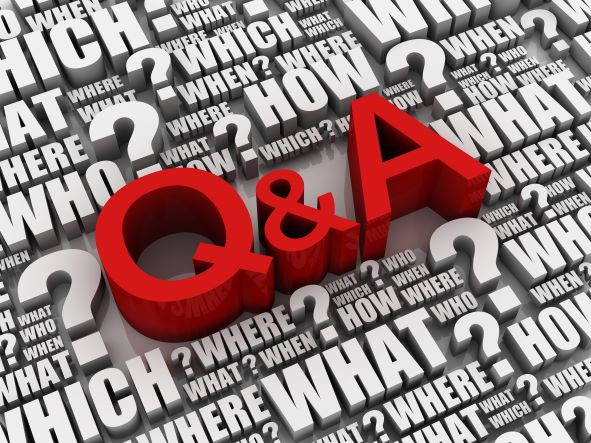When we wrote last month about the Federal Debt Relief Program, we had more questions than answers. Many of those questions have now been answered by the Department of Education (ED). Read on for the details the initial announcement did not provide…
Question: How much will be forgiven?
Answer: Up to $10,000 for those with qualifying loans and qualifying income. Up to an additional $10,000 for Pell Grant recipients (total up to $20,000). No more than the outstanding balance (i.e., no refunds) can be forgiven.
Question: Which loans are ‘qualifying?’?
Answer: Federal direct loans (subsidized and unsubsidized loans, Grad PLUS, Parent PLUS) with an outstanding balance as of June 30, 2022 qualify. Federal consolidation loans, as long as all the underlying loans were first disbursed before June 30, 2022 also qualify. Federal Family Education loans (FFEL) and Perkins loans held by ED, or FFEL loans in default and held by a guaranty agency, are qualified loans.
Privately held federal student loan (FFEL, Perkins and HEAL) holders can qualify by consolidating these loans in the Direct Loan program. Defaulted Federal loans held by ED are also qualified.
Private educational loans, private consolidation loans (even if some or all the underlying loans are federal), privately held FFEL and Perkins loans and federal loans paid in full before June 30, 2022 are not eligible or “qualifying” loans.
Question: What is qualifying income?
Answer: An adjusted gross income (AGI) under $125,000 (single filer) or $250,000 (married joint filers) on either the 2020 or 2021 federal tax return (1040). If both are available, ED will use the one with lower income.
Question: What are my next steps?
Answer: ED recommends two things initially — check your record on the National Student Loan Database System (NSLDS) and your 2020 and/or 2021 federal tax return to see if you qualify.
If you qualify and used the IRS Data Retrieval process to provide your 2020 or 2021 AGI as part of an application for financial aid or a federal income-based loan repayment plan, you don’t need to take any further steps because ED already has access to the information needed to determine your eligibility.
If you qualify but neither of the above situations apply, you must complete an application by December 31, 2023. In addition to the online form, ED will be providing a paper version but has not yet indicated when it will be available. You can sign up to receive alerts as more information becomes available or check the Student Loan Debt Relief web page.
Question: How will ‘relief’ work?
Answer: The principal balance of the loan(s) will be reduced in accordance with your eligibility. A new monthly payment will be calculated based on the lower outstanding amount. For borrowers with more than one outstanding qualifying loan, the order loans will be adjusted is as follows:
- The loan with the highest interest rate
- Unsubsidized loans
- The most recently disbursed loan
- The loan with the smallest outstanding balance
No matter what, your loan servicer will contact you once the adjustment has been completed to confirm the new outstanding balance and monthly payment (if any). So, make sure your contact information is up to date!
Question: Will I have to pay taxes on the amount of relief I received?
Answer: No
For updates to this story and more, follow the Higher Education Assistance Group blog!






